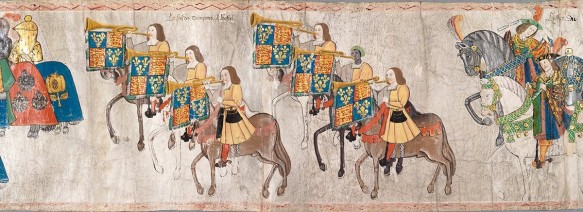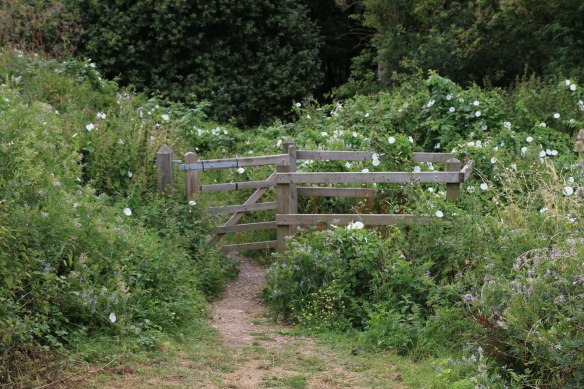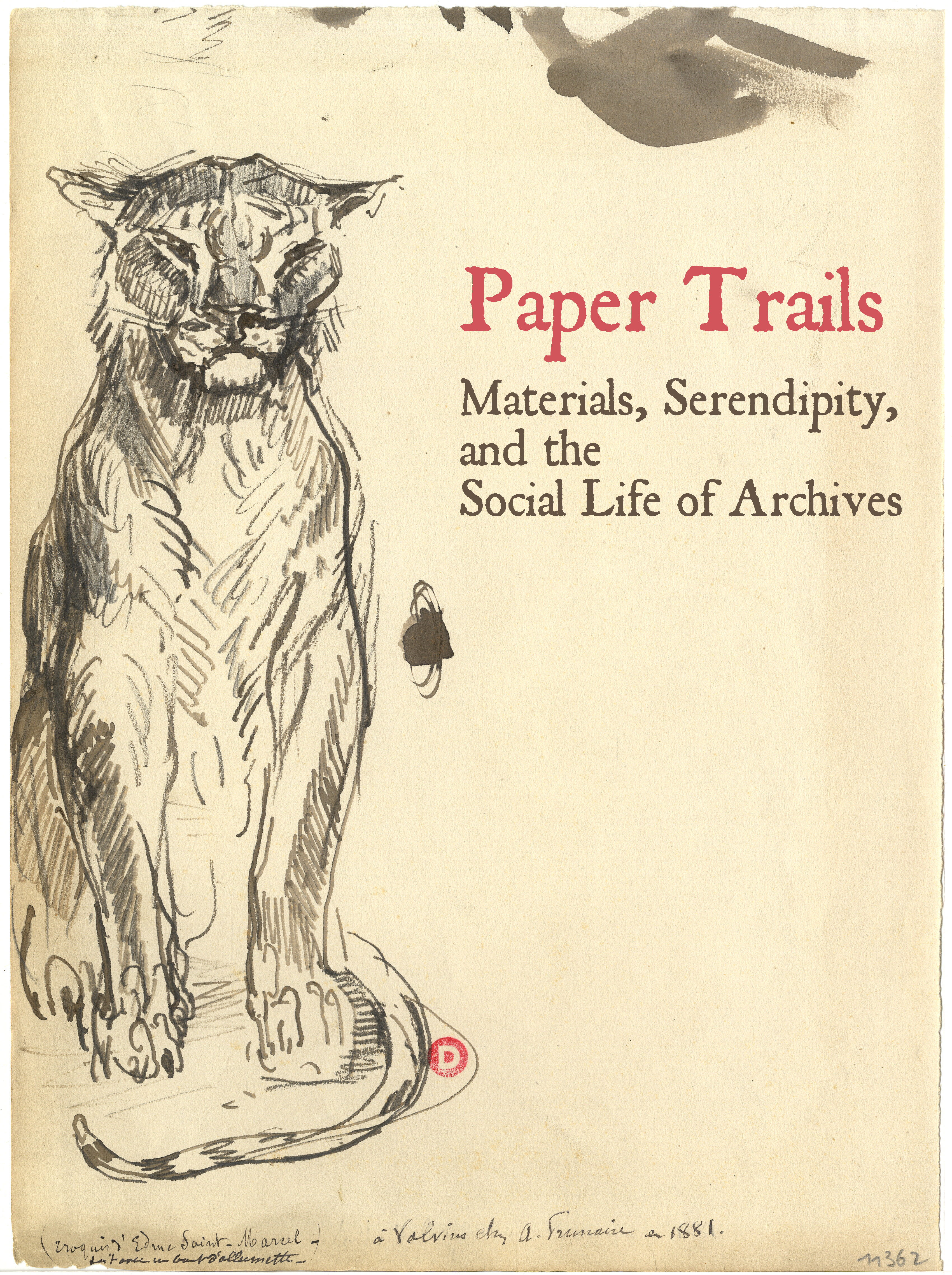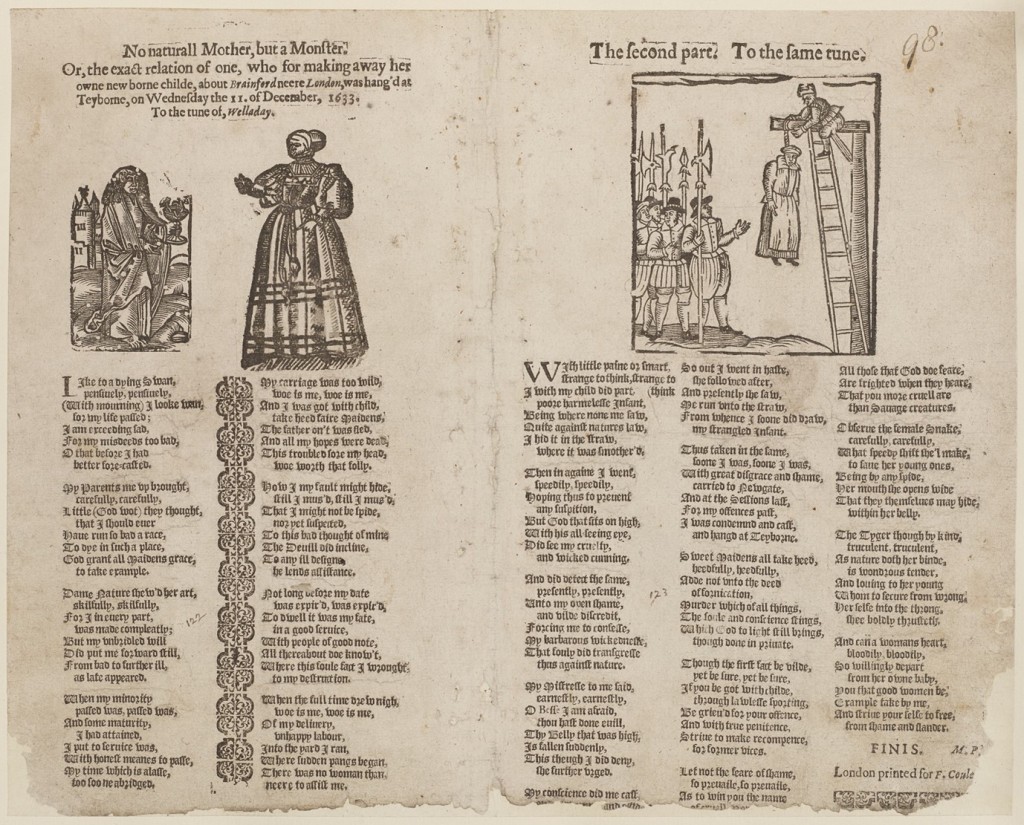The many-headed monster is delighted to bring you a series of posts responding to Imtiaz Habib’s Black Lives in the English Archives, 1500-1677: Imprints of the Invisible (Ashgate: 2008, Routledge: 2020). The posts are part of Rebecca Adusei and Jamie Gemmell’s multi-event symposium, which brings together scholars working at the forefront of early modern Black history and premodern race studies to discuss the vital importance and continuing legacy of Habib’s text.
Rebecca and Jamie will introduce the blog series on Thursday 4 May, and we will then publish two posts a week over the following month – links to all the posts will be added to this page as we go, so you can bookmark it now if you want to follow along.
Rebecca and Jamie celebrated the publication of the blog series on Friday 19 May, at the London Metropolitan Archives, to tie in with their ‘Unforgotten Lives’ exhibition. This exhibition presents the stories of Londoners of African, Caribbean, Asian and Indigenous heritage who lived and worked in the city between 1560 and 1860 and are recorded in London’s archives.
- Rebecca Adusei and Jamie Gemmell, Reflecting on Imtiaz Habib’s Black Lives in the English Archives: Introduction
- Graham Moore, Black Lives in the Berkshire Archives: Making the Imperceptible Perceptible
- Nikki Clarke, Amantacha: An Indigenous American in Seventeeth-Century English News from Canada to Suffolk
- Jacqui Stanford, Love Me or Leave Me: Black Lives in the English Archives, A Response
- Susannah Lyon-Whaley, Black Lives in the Restoration Household: The Queen’s Account
- Annabelle Gilmore, Black Rural Life: Continuing from Habib into Eighteenth-Century Warwickshire
- Hannah Crawforth, Imtiaz Habib and Lucy Negro, Redux
- Amber Burbidge, Gender, Blackness, and Habib
- Montaz Marché, Possibilities and Provocations: Imtiaz Habib’s Black Lives in the English Archives
- Jamie Gemmell, Habib and the London Parish Register
- Rebecca Adusei, ‘To Be Seen or Not To Be Seen? That is the Question’: the Black, Female Presence in Early Modern England
- Jyotsna G. Singh, Remembering Imtiaz Habib: Creating an ‘Affective Community’
- Rebecca Adusei and Jamie Gemmell, A Further Reading Bibliography







